PIME Saints & Causes
 St. Alberic Crescitelli was born on June 30, 1863 in southern Italy. He entered the seminary at age 12. An excellent student, he earned bachelor’s degrees in philosophy, theology, and canon law and was ordained in 1887 for the Pontifical Seminary of Sts. Peter and Paul in Rome. The next year, he made the rigorous journey to his mission post in southern Shaanxi, China where he immersed himself in Chinese culture. To assimilate with the Chinese people, he adopted their style of dress and changed his name to “Kuo Si-Teh.” In 1900, after working in various missions, he was assigned to Ningqiang Province.
St. Alberic Crescitelli was born on June 30, 1863 in southern Italy. He entered the seminary at age 12. An excellent student, he earned bachelor’s degrees in philosophy, theology, and canon law and was ordained in 1887 for the Pontifical Seminary of Sts. Peter and Paul in Rome. The next year, he made the rigorous journey to his mission post in southern Shaanxi, China where he immersed himself in Chinese culture. To assimilate with the Chinese people, he adopted their style of dress and changed his name to “Kuo Si-Teh.” In 1900, after working in various missions, he was assigned to Ningqiang Province.
On July 20, 1900, in the village of Yanzibian (where there were many catechumens), his friends warned him of terrorists on a campaign to kill all foreigners and urged him to escape and hide. But a traitor among them entrapped him, causing his capture. He was viciously slashed and beaten, and the next morning he was dragged along the riverbank and hacked to pieces as an example for all to see.
For his heroic faith, he was beatified by Pope Pius XII on February 18, 1951, and proclaimed a saint on October 1, 2000 by Saint Pope John Paul II, along with many other Christians martyred during China’s Boxer Rebellion.
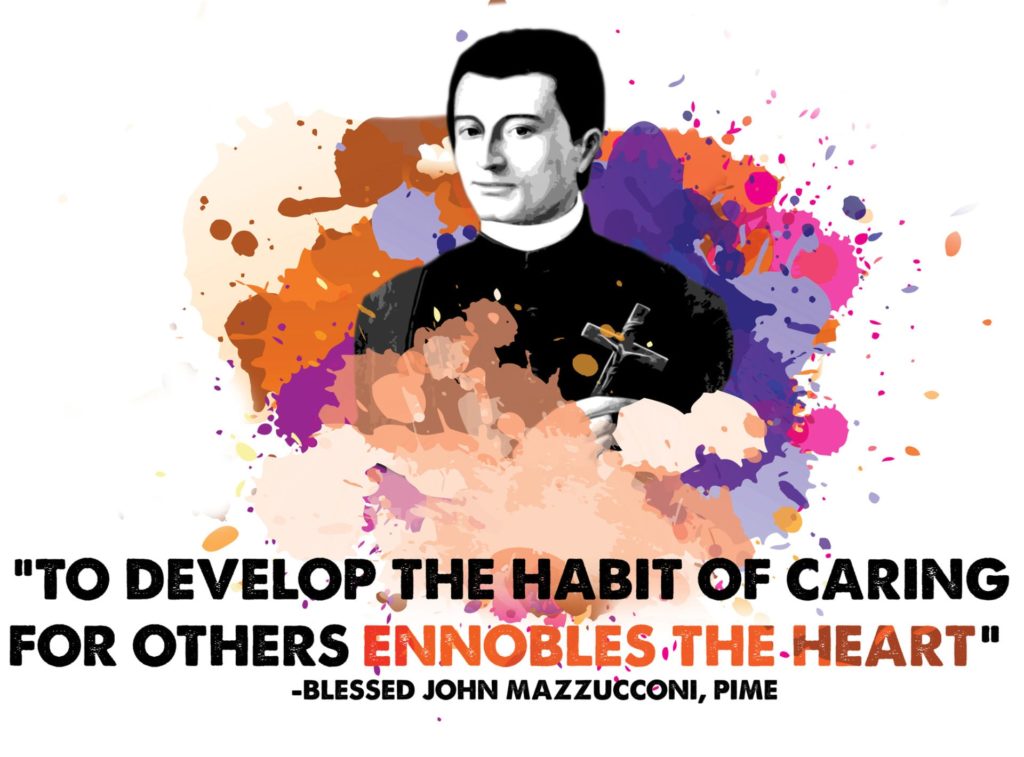 A member of the first expedition to Oceania in 1852, Mazzuconi was known for his intelligence and sensitivity. John had faith in the power of prayer over action, a faith that he practiced to a heroic degree. As a missionary on the remote South Pacific island of Rook, he suffered poverty and illness, and saw no real conversions. In human terms, it seems his missionary life was a failure. However, when he endured a martyr’s death, he brought forth the “first fruits” of the missionary work of PIME. Mazzuconi was beatified by Pope John Paul II on January 13, 1983.
A member of the first expedition to Oceania in 1852, Mazzuconi was known for his intelligence and sensitivity. John had faith in the power of prayer over action, a faith that he practiced to a heroic degree. As a missionary on the remote South Pacific island of Rook, he suffered poverty and illness, and saw no real conversions. In human terms, it seems his missionary life was a failure. However, when he endured a martyr’s death, he brought forth the “first fruits” of the missionary work of PIME. Mazzuconi was beatified by Pope John Paul II on January 13, 1983.
 Blessed Fr. Clement Vismara carried out his work for 65 years in the Asian country now known as Myanmar. From 1923 to 1988 he served the people there, earning for himself the unofficial title of “Patriarch of Burma.” He returned to Italy only once, in 1957, because of illness. He died on June 15, 1988, in Mong Ping, in the Diocese of Kengtung, on the border with China and Laos. He was immediately invoked as “protector of children” because of his devotion to the orphaned children of his mission. He was beatified by Pope Benedict XVI on June 26, 2011.
Blessed Fr. Clement Vismara carried out his work for 65 years in the Asian country now known as Myanmar. From 1923 to 1988 he served the people there, earning for himself the unofficial title of “Patriarch of Burma.” He returned to Italy only once, in 1957, because of illness. He died on June 15, 1988, in Mong Ping, in the Diocese of Kengtung, on the border with China and Laos. He was immediately invoked as “protector of children” because of his devotion to the orphaned children of his mission. He was beatified by Pope Benedict XVI on June 26, 2011.
Blessed Clement's inspiring letters have been preserved in the book Clement Vismara: Apostle of the Little Ones. The children's book ”The Man Who Never Grew Old” is a colorful tribute to Bl. Clement.
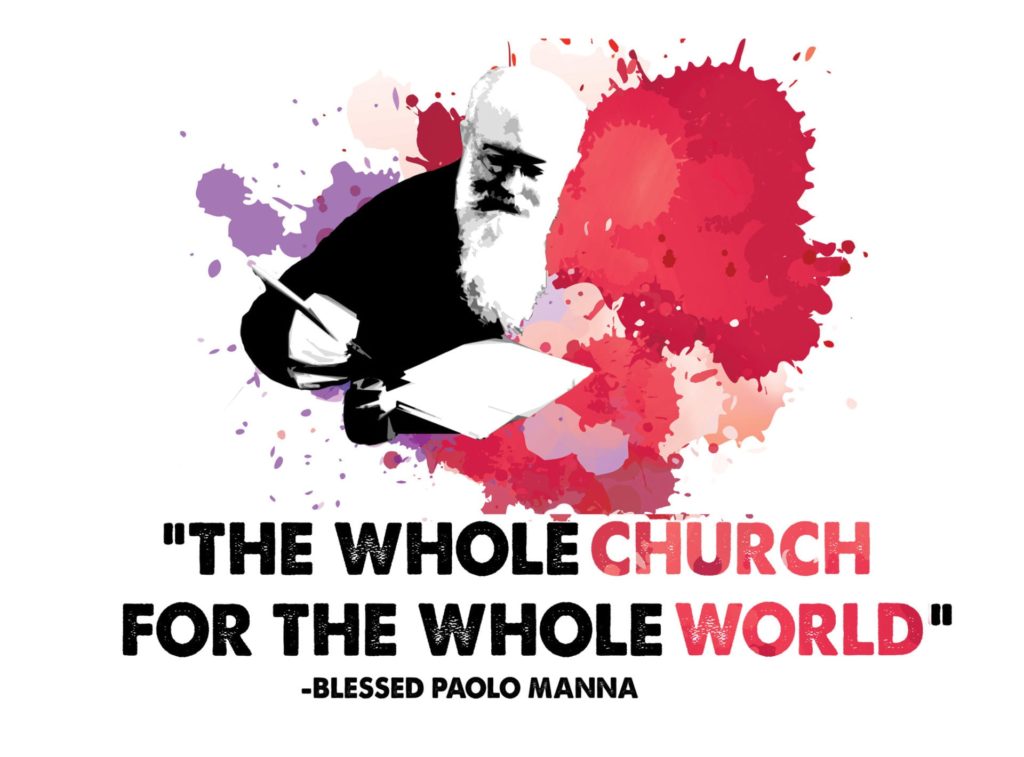 Blessed Fr. Paolo Manna was the first Superior General of PIME in Italy, although his heart remained in Myanmar. He had served for 12 years in Myanmar until sickness forced him to permanently resign from his mission. Saint Pope John XXIII attributed to him the title of "the
Blessed Fr. Paolo Manna was the first Superior General of PIME in Italy, although his heart remained in Myanmar. He had served for 12 years in Myanmar until sickness forced him to permanently resign from his mission. Saint Pope John XXIII attributed to him the title of "the
Christopher Columbus" of missionary cooperation and Pope Paul VI described him as "one of the most effective promoters of missionary universality in the 20th century." He is also acknowledged for his "prophetic role" in promoting Ecumenism. Father Paolo Manna died in Naples on September 15, 1952.
His book Thoughts and Reflections upon Vocations to the Foreign Missions was published in 1909. An edited version entitled “Forward with Christ” was published by Fr. Nicholas Maestrini, PIME in 1954. Copies are available through the PIME Missionaries.
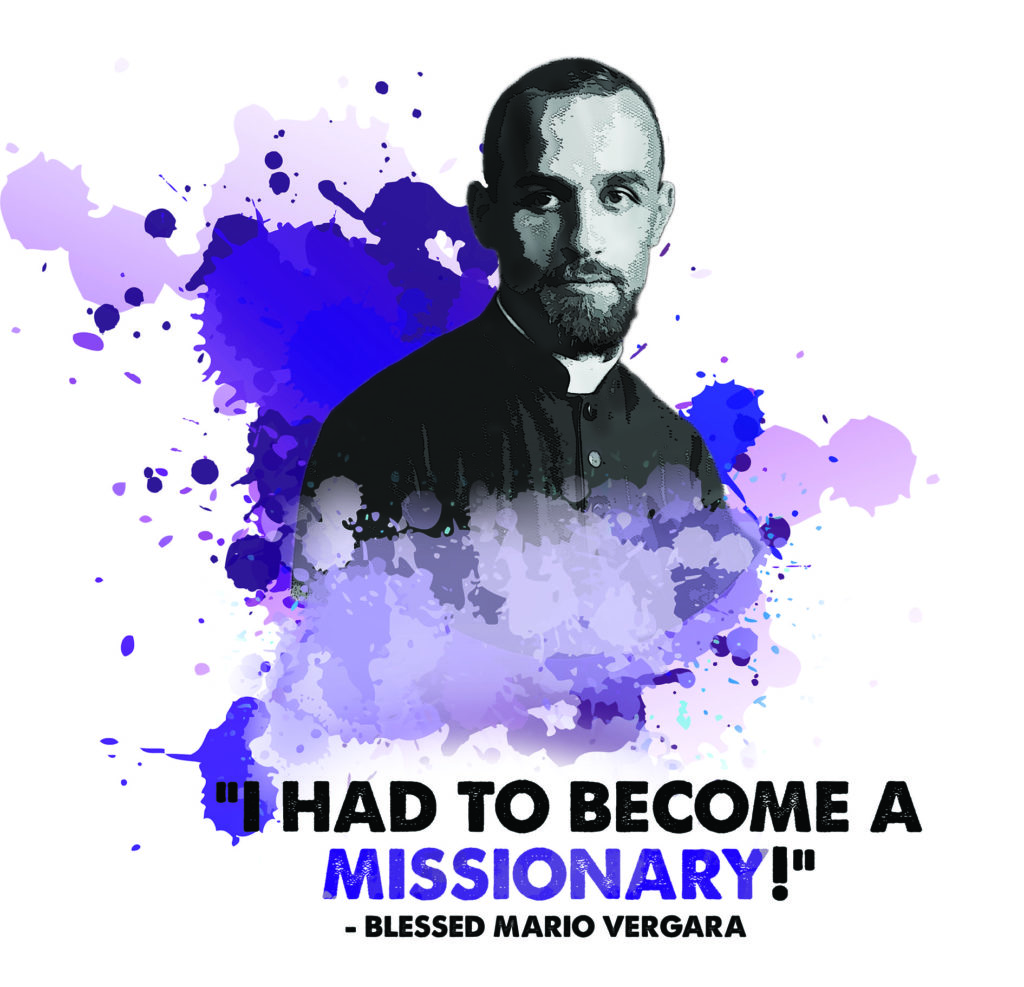 An adventurous, fun-loving child who felt an early call to the missionary life, Fr. Mario Vergara entered the PIME seminary in Monza in 1929. After enduring a life-threatening illness his first year in seminary, he finally returned to his studies in 1933. He was ordained in August of 1934 and left one month later for Burma. Known for his love for children and the sick, he was always on the move, undeterred by discomforts, bad weather, and attacks of malaria. When WWII broke out, and Italy declared war on England, all Italian missionaries were declared “fascists.” Vergara was sent with the other missionaries to a concentration camp in India. He was released in 1944, assigned to the mission of Toungoo. The British were no longer in control, but rebels sought to overthrow the government. Vergara was killed by the rebels, along with a catechist, on May 24, 1950.
An adventurous, fun-loving child who felt an early call to the missionary life, Fr. Mario Vergara entered the PIME seminary in Monza in 1929. After enduring a life-threatening illness his first year in seminary, he finally returned to his studies in 1933. He was ordained in August of 1934 and left one month later for Burma. Known for his love for children and the sick, he was always on the move, undeterred by discomforts, bad weather, and attacks of malaria. When WWII broke out, and Italy declared war on England, all Italian missionaries were declared “fascists.” Vergara was sent with the other missionaries to a concentration camp in India. He was released in 1944, assigned to the mission of Toungoo. The British were no longer in control, but rebels sought to overthrow the government. Vergara was killed by the rebels, along with a catechist, on May 24, 1950.
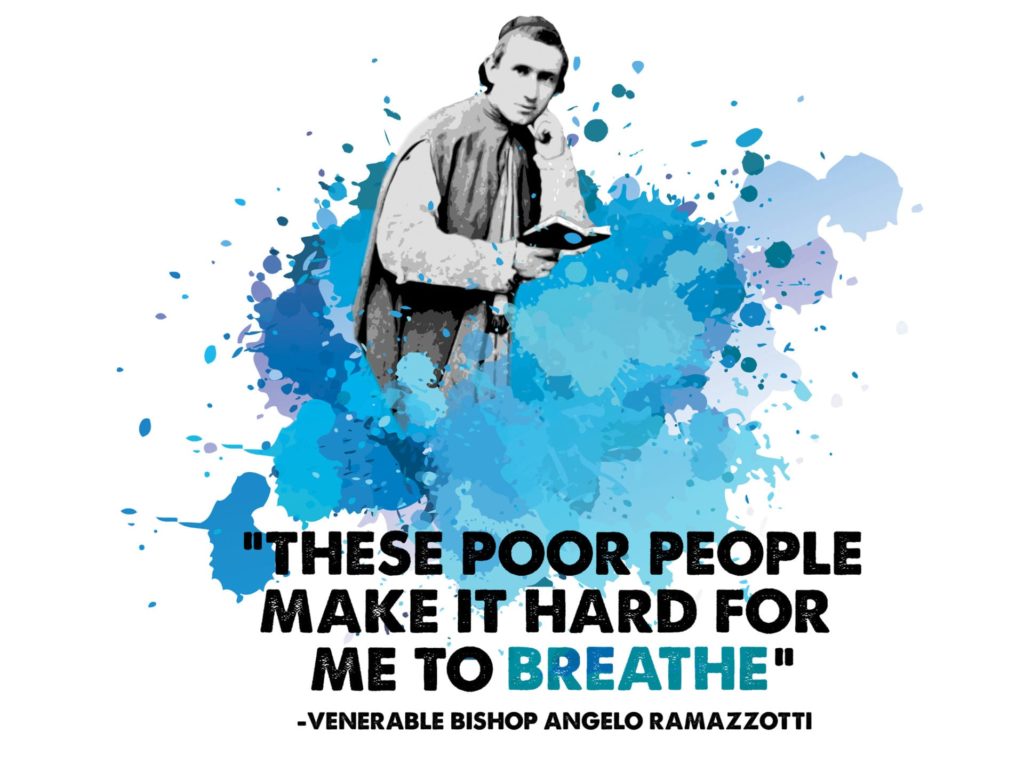 Strictly connected to his priestly vocation was the deep desire to be a missionary. During his third year of theology, Ramazzotti manifested the longing to "to consume the whole of his life for the sanctification of souls." He dreamed of devoting himself to preaching, which he considered the most relevant task of the priest. In 1858, Mons Ramazzotti received from the Austrian government the news of his elevation to the Patriarchate of Venice. They chose him because he was "one of the wisest and most talented Bishops of Lombardy,” exemplar of integrity and outstanding in general knowledge, especially theology. On Aug. 10, 1861, Bishop Ramazzotti was informed of the decision of Pius IX to honor him with the title of "Cardinal." The Consistory was already scheduled for the middle of September but by that time he had already transferred to a place in the countryside far from Venice in order to recover from serious cardiac problems. He would never recover from that illness and he died on Sept. 24, 1861. Pope Francis declared Bishop Tamazzotti Venerable in 2016. He was known for his untiring charity toward the poor.
Strictly connected to his priestly vocation was the deep desire to be a missionary. During his third year of theology, Ramazzotti manifested the longing to "to consume the whole of his life for the sanctification of souls." He dreamed of devoting himself to preaching, which he considered the most relevant task of the priest. In 1858, Mons Ramazzotti received from the Austrian government the news of his elevation to the Patriarchate of Venice. They chose him because he was "one of the wisest and most talented Bishops of Lombardy,” exemplar of integrity and outstanding in general knowledge, especially theology. On Aug. 10, 1861, Bishop Ramazzotti was informed of the decision of Pius IX to honor him with the title of "Cardinal." The Consistory was already scheduled for the middle of September but by that time he had already transferred to a place in the countryside far from Venice in order to recover from serious cardiac problems. He would never recover from that illness and he died on Sept. 24, 1861. Pope Francis declared Bishop Tamazzotti Venerable in 2016. He was known for his untiring charity toward the poor.
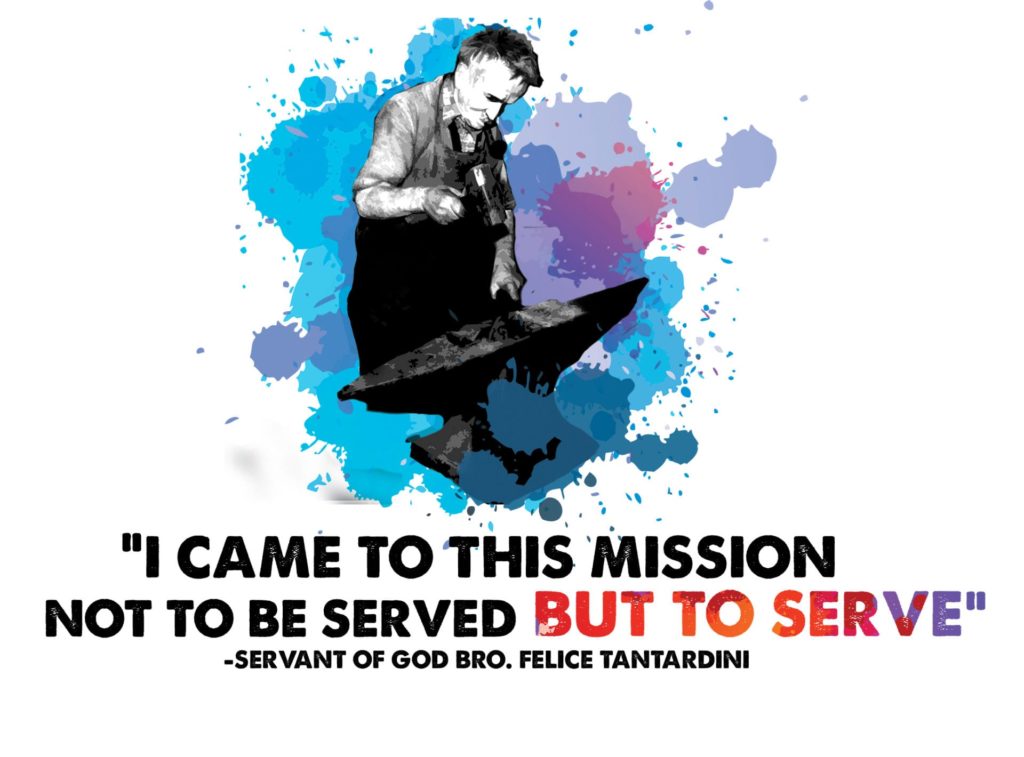 Bro. Felice was a lay missionary born in Introbio, Italy in 1898. He was formally educated until only the third grade and then he went on
Bro. Felice was a lay missionary born in Introbio, Italy in 1898. He was formally educated until only the third grade and then he went on
to become a blacksmith. He was in the army in World War I, and he later joined PIME as a “brother co-operator”, that is, a lay missionary consecrated for life. He left for Burma in 1922 and died there on March 23, 1991 at the age of 93, after 70 years of mission with only one return visit home in 1956. In his autobiography, written on the order of the bishop, he called himself “the blacksmith of God.” He trained many Burmese youths in the skill of working iron. He dearly loved the poor. In decades of hard work, he built churches, schools, parish houses, hospitals, seminaries, orphanages, and convents. His fame spread far and wide throughout Burma; at his funeral, a large crowd
gathered, including Buddhists and Muslims. Many started to invoke him as the “saint with the hammer.” On January 28, 2005, the Congregation for the Causes of Saints published the “decree of validity” for the diocesan inquiry into his heroic virtues.
 Fr. Salerio accompanied Bl. John Mazzuconi to the island of Woodlark in 1852, the first missionary expedition of the PIME Missionaries. He returned to Italy in 1855 and later tried to return as a missionary to Asia, but his health, weakened by his time on Woodlark, made this impossible. He spent the rest of his life in Milan, founding the missionary society of the Sisters of Reparation of Nazareth.
Fr. Salerio accompanied Bl. John Mazzuconi to the island of Woodlark in 1852, the first missionary expedition of the PIME Missionaries. He returned to Italy in 1855 and later tried to return as a missionary to Asia, but his health, weakened by his time on Woodlark, made this impossible. He spent the rest of his life in Milan, founding the missionary society of the Sisters of Reparation of Nazareth.
 Our work is the most mysterious and wonderful that God has entrusted to men.”Fr. Alfredo Cremonesi was ordained a priest on October 12, 1924 and was sent exactly one year later to Burma. He was known for his devotion to prayer, and would often spend hours at night in front of the Holy Eucharist. During World War II Burma became free from Japanese occupation and independent from England, but rebel forces opposed the central government (which the Catholic missionaries supported.) Cremonesi was martyred when government troops attacked his village, assuming he was supporting the rebels.
Our work is the most mysterious and wonderful that God has entrusted to men.”Fr. Alfredo Cremonesi was ordained a priest on October 12, 1924 and was sent exactly one year later to Burma. He was known for his devotion to prayer, and would often spend hours at night in front of the Holy Eucharist. During World War II Burma became free from Japanese occupation and independent from England, but rebel forces opposed the central government (which the Catholic missionaries supported.) Cremonesi was martyred when government troops attacked his village, assuming he was supporting the rebels.
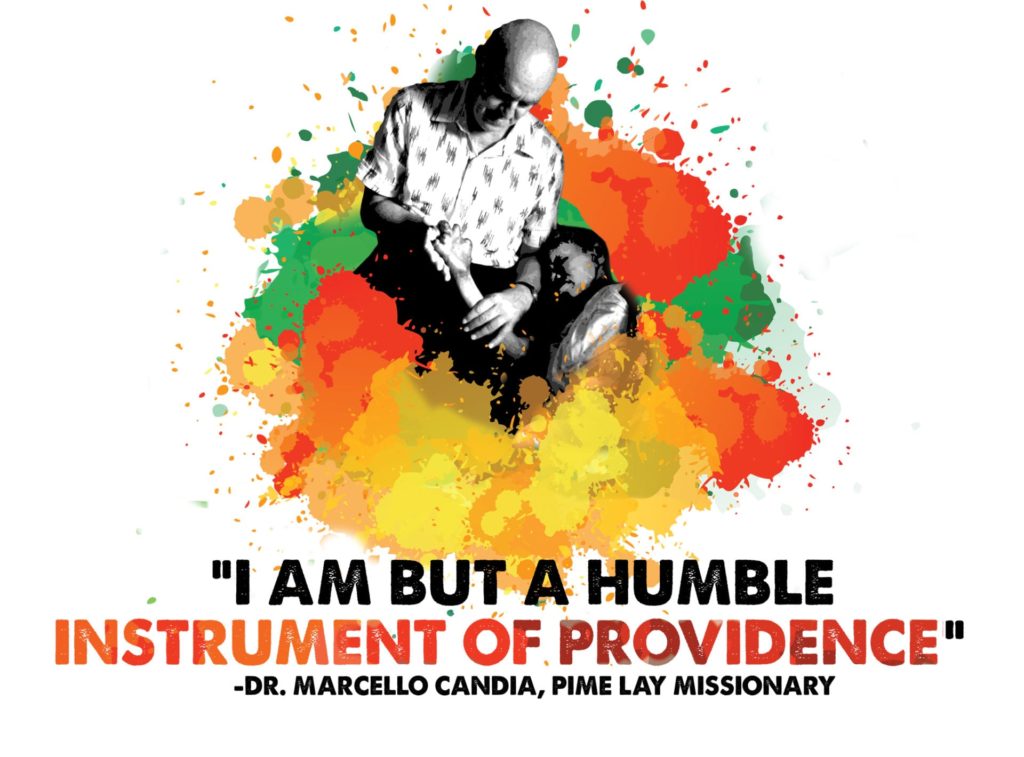 Dr. Candia earned degrees in chemistry, pharmacy and biology before joining PIME as a secular missionary. In 1947 he founded in Milan the Italian Union of Medical Missionaries and thereafter the Association of Laity in Aid of the Missions. He was involved in the building of hospitals, convents, a nursing school, and a center for the disabled. The process for his beatification was begun in 1991.
Dr. Candia earned degrees in chemistry, pharmacy and biology before joining PIME as a secular missionary. In 1947 he founded in Milan the Italian Union of Medical Missionaries and thereafter the Association of Laity in Aid of the Missions. He was involved in the building of hospitals, convents, a nursing school, and a center for the disabled. The process for his beatification was begun in 1991.
